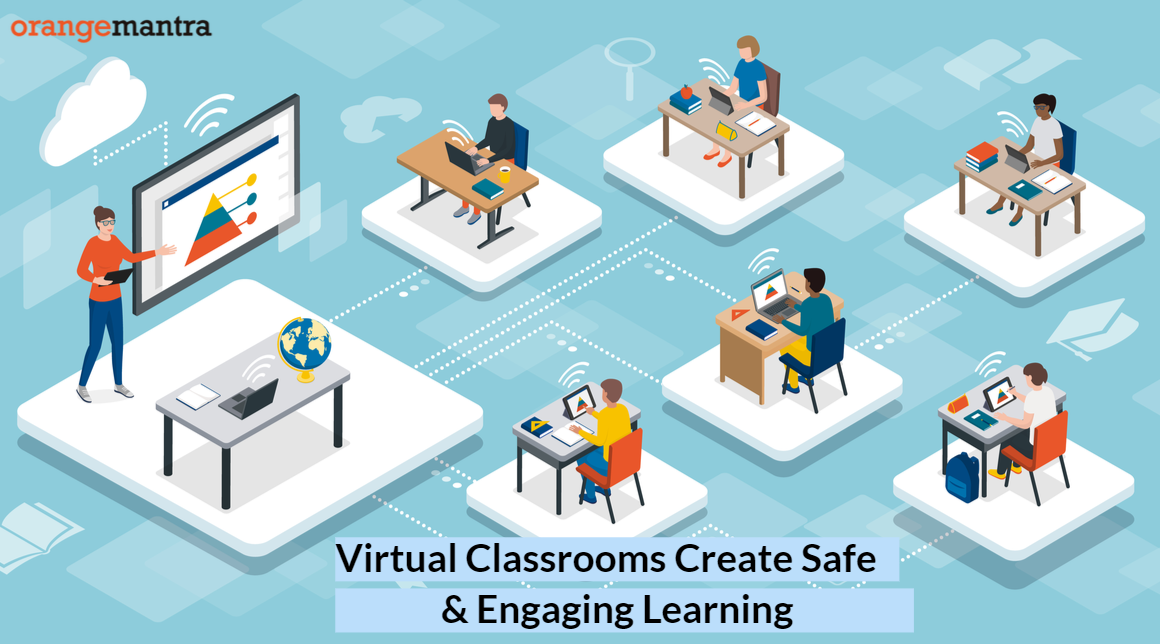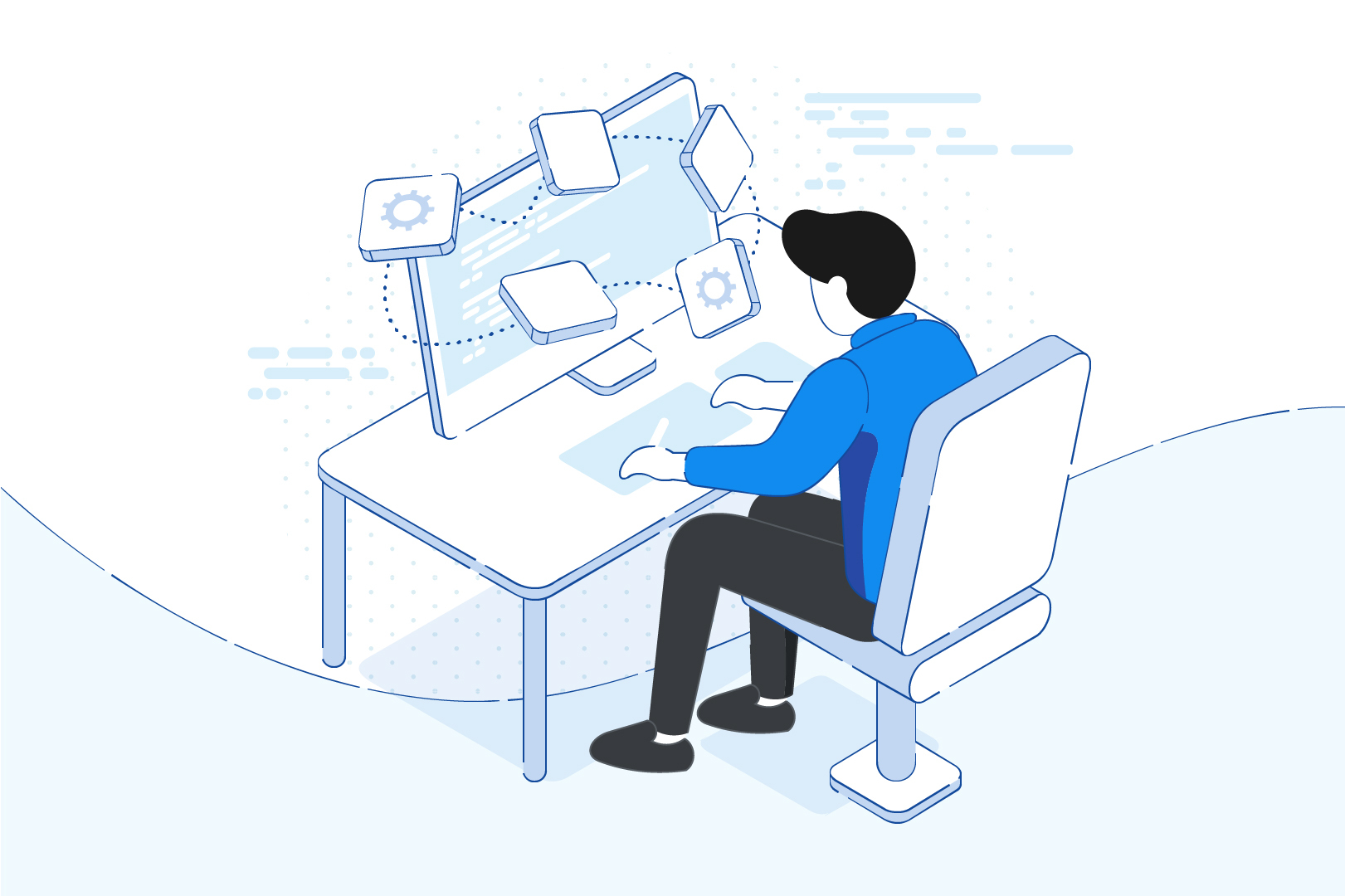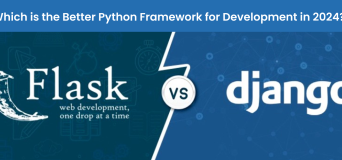The pandemic upended education systems worldwide. As policymakers, educators, and parents try to figure out how to restore learning processes, virtual classrooms have become a viable option. The coronavirus spurred experiments with remote learning across the globe. From developing advanced virtual classroom software to redesigning traditional classrooms, educators are exploring a host of possibilities. We are still clueless about how and when the crisis will end. That means policymakers cannot waste much time before resuming classes.
In India, the central and state governments have been encouraging school and college administrators to opt for virtual classrooms. While Zoom and other video conferencing tools become popular, many educational institutions are taking a more personalized approach. The demand for custom eLearning solutions has grown among small and large institutions alike. At OrangeMantra, we have received a record number of requirements for remote learning solutions over the past few months. These trends are completely reshaping education — more so in emerging economies.
Revamping the IT Infrastructure for Online Education
Schools, colleges, and coaching institutes need to address some hardware and software issues before launching a remote learning system. Prior to deploying digital technologies like mobile apps, cloud solutions, AI Development, etc., you need to create a roadmap. The hardware infrastructure must consider elements like digital inequalities and bandwidth capacity, among other things.
Readily available tools like Zoom could be a good start for videoconferencing and group chats. But such solutions cannot provide a personalized experience to either learners or instructors. The process of eLearning development, therefore, must include more customized tools.
Educators and administrators should address some questions before developing digital infrastructure. Can the technology accommodate all the desired features? What are the personalized features that we need to develop? What are the pain points that instructors and students could face? Once these questions and concerns are thoroughly discussed you can plan a remote learning system.
Transforming Education with Virtual Classrooms
Virtual classrooms are the safest and most effective ways of learning during a crisis like this. In-person classrooms and college campuses could become epicenters of virus outbreaks. For example, in the U.S., many college campuses had to close campuses after briefly resuming classes. Hundreds of undergraduate students were sent to quarantine the following possible exposure to the virus. A growing number of education institutions are switching to school management software amid such concerns.
Besides dramatically reducing risks, virtual classrooms offer an array of other advantages. From enabling data-driven teaching to solving teacher shortage problems, the benefits of remote learning go far and wide.
Flexible and Effective Education
Virtual classrooms enable students to learn from anywhere they want. And teachers can choose to teach from the place of their choice. We could have never imaged this level flexibility with the in-person classroom system. Besides, both learners and instructors get access to a wide variety of teaching aid and learning materials. These tools and materials make the process smoother and more effective.
Data-driven Learning Experiences
With the right custom eLearning solutions, you can create completely insights-driven teaching and learning process. Virtual classrooms can easily and efficiently capture all the relevant data and give you highly useful insights. It can give educators insights into areas like what the students are enjoying and where they are struggling. These pieces of information help teachers focus more on certain areas and improve the students’ performance.
Personalized Teaching & Learning
Personalized learning is both a critical requirement and a benefit of the virtual classrooms. With the increasing availability of custom eLearning solutions, students and teachers alike are loving virtual classrooms. Every student is unique in unique in terms of their personality traits. While traditional classrooms often fail to address these problems, virtual classrooms succeed. Virtual classroom software-based learning enables you to measure the effectiveness of teaching. Be it their body language, or test performance data, the remote learning tools aid you in so many ways.
Reaching Out to Rural Areas
Rural areas in countries like India often are unable to get a high-quality education. This is mainly due to inequalities infrastructure and lack of qualified teachers. Remote learning addresses these prevailing issues to a great extent. Rural students can have the same learning experiences as urban students with virtual classrooms. It also addresses the absenteeism problem by making sure that students miss a minimal number of classes.
Dealing with Teacher Shortages
The teacher-student ratio has long been a problem in countries like India — especially in rural areas. Virtual classroom software can effectively solve this by letting more students join remote learning. Teachers may combine multiple classes using various digital teaching tools and materials. With the help of emerging tech solutions like AI, ML, and IoT teachers can engage a large number of students and help them learn quickly. This not just solves the problem of teacher shortage but also enhances the productivity of educators.
Rounding Off
Tech companies and IT solutions providers have a central role to play in making remote learning more effective. Many experts believe that virtual classrooms are here to stay even after the pandemic is over. Many educational institutions are likely to adopt a hybrid model, combing in-person classes, and remote learning. While policymakers and educators delve deep into the possibilities of virtual classrooms, students are increasingly coping with this new learning model.
OrangeMantra, a pioneering digital transformation services provider in India, has been proactively working with educators to improve remote learning experiences. We have collaborated with numerous schools, colleges, and coaching institutes since the beginning of the pandemic. Our EduTech solutions like student attendance management system are designed to make education futuristic.
FAQs
Q. How does a virtual classroom work?
A virtual classroom is an online teaching and learning platform. Instructors and students can present course materials, engage, and interact with one another, and work in groups together. A virtual classroom takes place in a live, synchronous setting, which makes it stand out from other digital learning platforms.
Q. How much does it cost to build a virtual classroom software?
The costs of developing a virtual classroom solution depend on various factors. Design complexity, development time, and key features, among others, play an important role in calculating the cost. OrangeMantra offers personalized virtual classroom solutions at a competitive price.
Q. What is a student attendance management system?
Student attendance management systems are software developed for tracking and recording daily student attendance in schools, colleges, and other institutes. It enables users to access the attendance information of students from a software platform. The system can also offer real-time locations of students.
Q. What is e-learning app development?
E-learning apps enable students to connect with an educator or a school or institution via a mobile app. The apps are the best tools for providing effective and engaging remote learning. eLearning apps can also work offline, storing all data and materials like recorded videos of classes, and test models, among other things.























